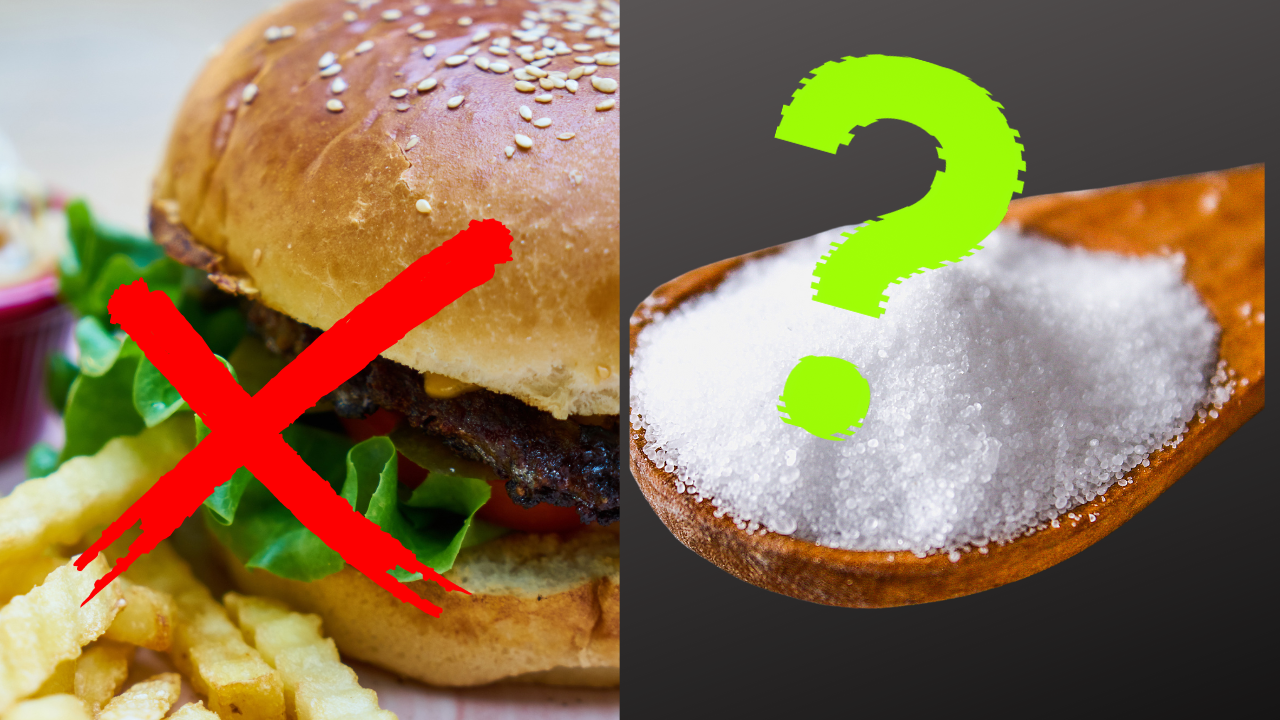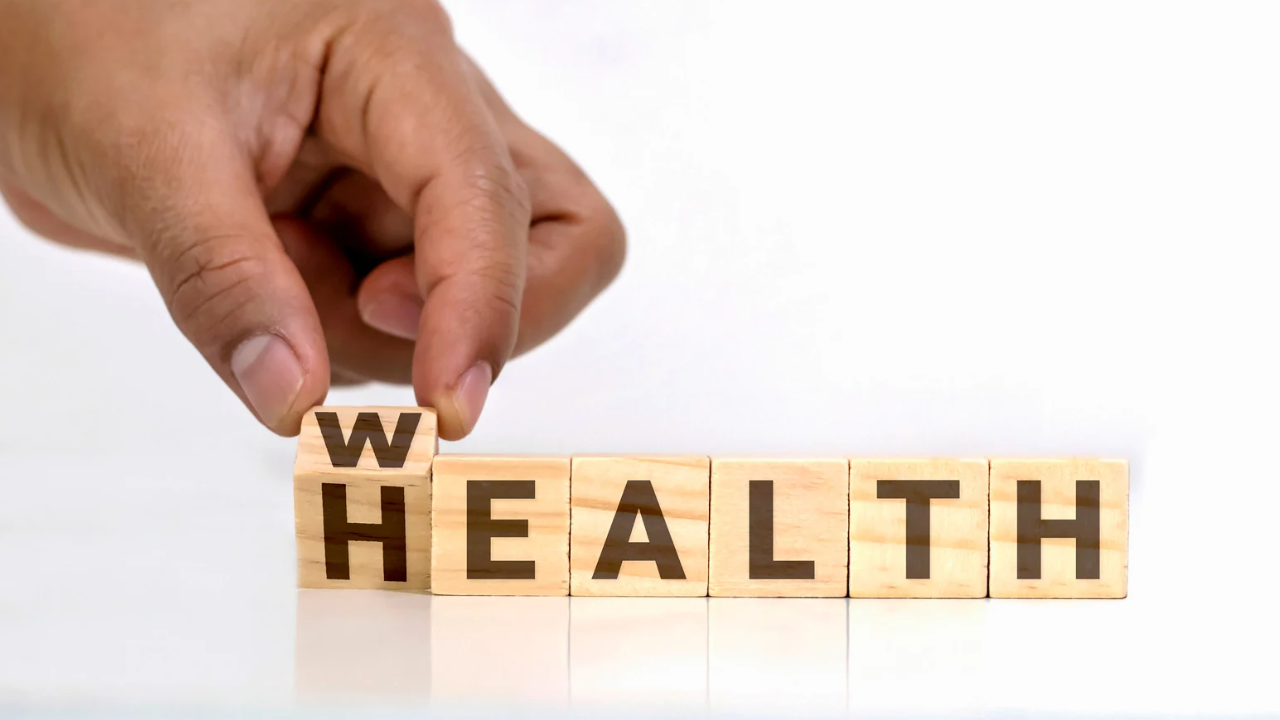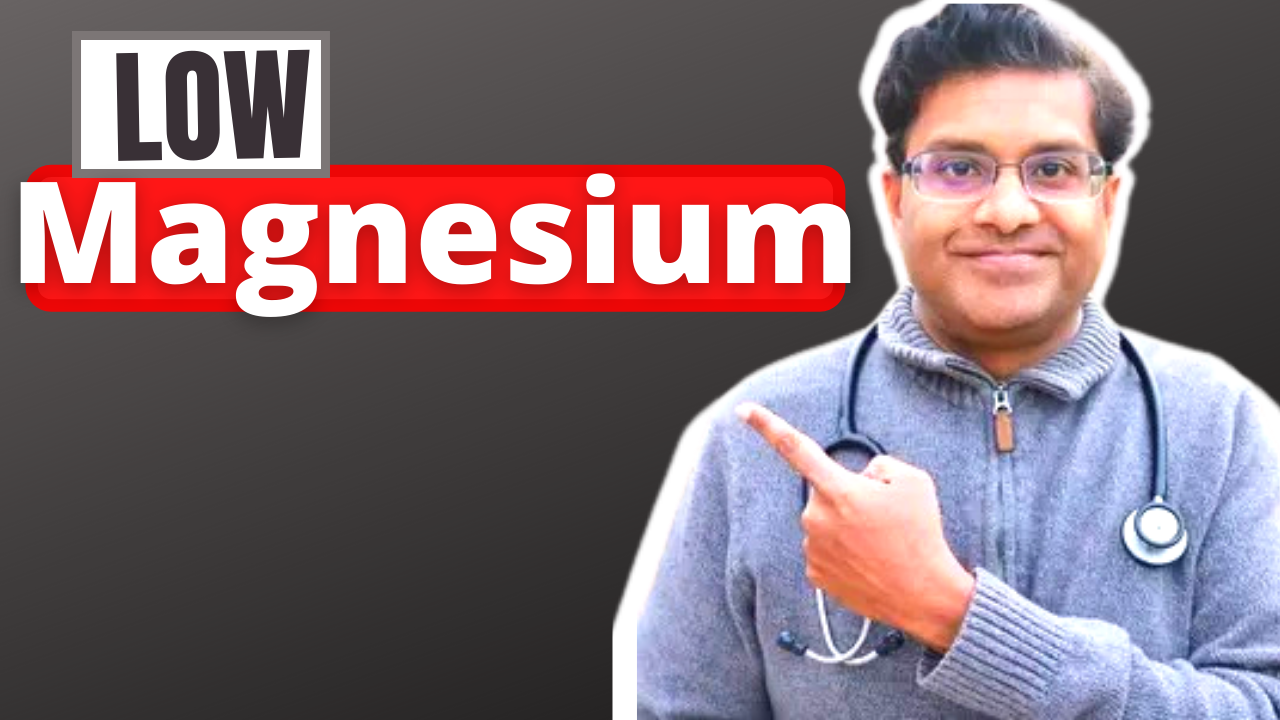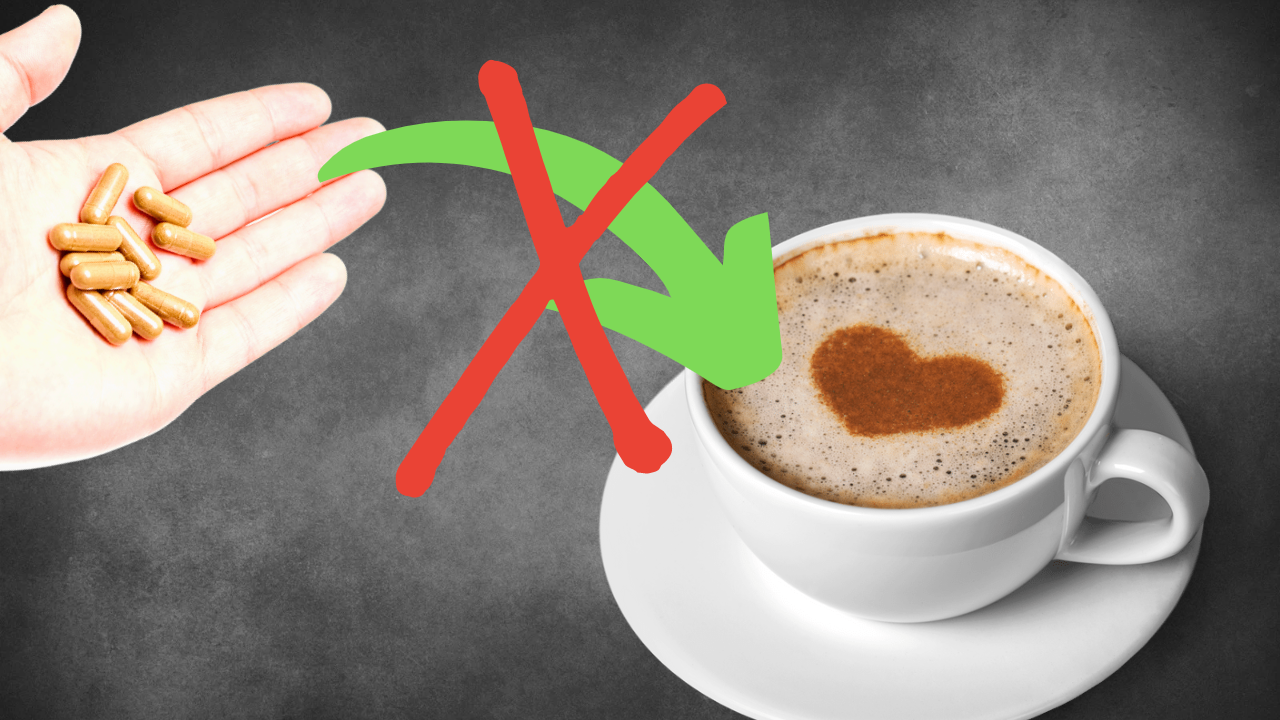Sodium is a natural element found in your food. If you remember your chemistry lessons from school the symbol for salt is Na. Doctor, I did not click on this article to take a chemistry lesson. You might be even thinking I hope he is worth his salt with his advice. Just, bear with me.
Now the sodium we are really talking about is salt. The chemical symbol for this would be NaCl, also known as sodium chloride. Salt is about 40% sodium and 60% chloride. Unfortunately, a lot of the sodium we are consuming comes from processed food & packaged foods. We also use our good old table salt as a flavoring agent at restaurants and at home.
According to the FDA: “Americans consume on average 3,400 milligrams (mg) of sodium per day—nearly 50% more than the 2,300 mg limit recommended by federal guidelines for people 14 years and older”.
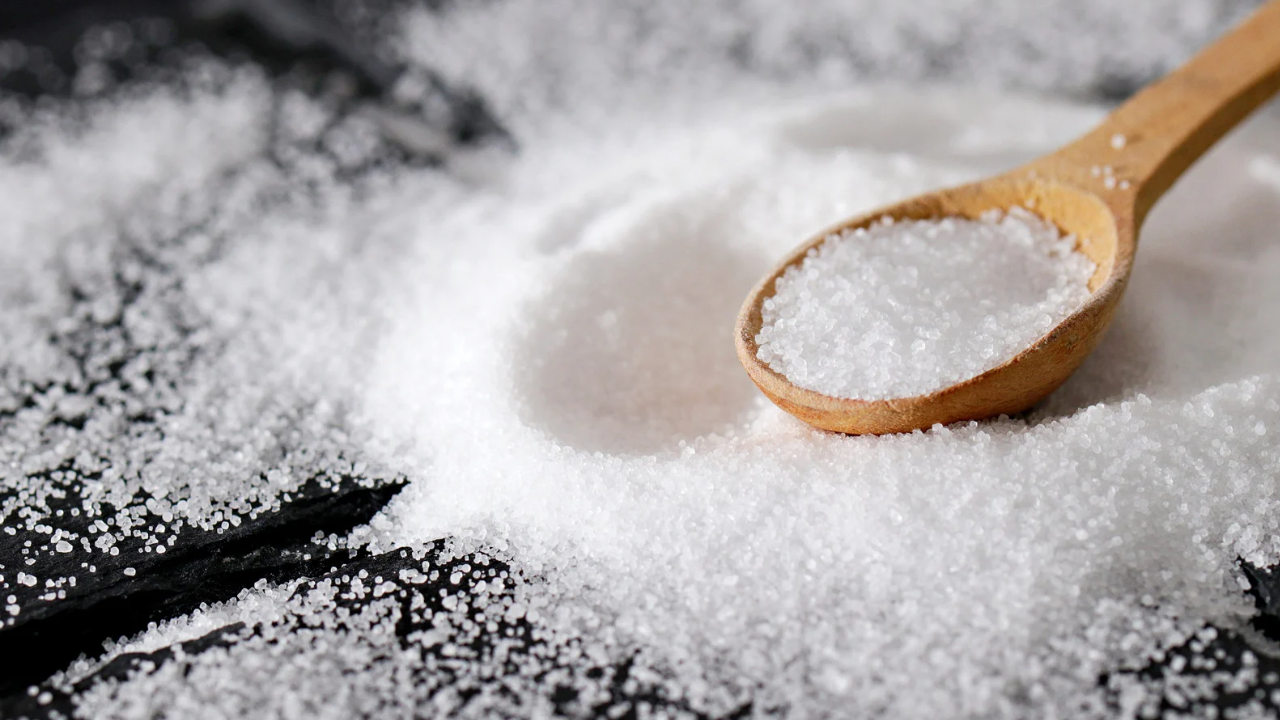 What happens if you eat too much salt?
What happens if you eat too much salt?
Let us look at 4 things that can happen to your body:
1)Your blood pressure increases: This holds true especially if you already have underlying borderline high blood pressure or have high blood pressure.
If you take in too much sodium, remember water always follows sodium. This increases your blood volume and consequently your heart must work more and there is increased pressure in your arteries. If your blood pressure remains persistently high over time YOU are at an increased risk for strokes, heart attacks and heart disease such as congestive heart failure.
2)If there is excess sodium in your body your kidneys are affected. They will have trouble getting rid of your excess sodium in your blood. What happens next? Your body holds on to more water thus increasing your blood pressure. Moreover, when consuming high sodium diets, you are prone to lose calcium in your urine and you are at an increased risk for kidney stones.
3) Now if your kidneys are holding on to water to compensate for the extra sodium in your body, your body says what should I do with this extra water. Let me store it somewhere. This is when you see a swelling usually in your ankles or legs. Sometimes if the situation is more pronounced the swelling will affect your upper extremities and face. This swelling is also called edema.
4) Increased salt intake can lead to osteoporosis. Osteoporosis is a bone disease where your bone density and bone mass are decreased. This means your bones are more brittle and a higher risk for fractures. If you remember, earlier in this article I mentioned excessive salt intake leads to loss of calcium in your urine. Calcium is important for building bone.
Why is sodium important for your health?
I have mentioned a lot of bad things about sodium. Sodium, nonetheless, is an essential nutrient. It plays an important role regulating your body’s fluid balance. Most of your sodium is found in your blood and in the fluid around your cells. Sodium also plays a key role in maintaining your nerve and muscle function.
How much sodium should you be taking?
The guidelines recommend that sodium intake should not exceed 2,300mg (2.3g) per day. In fact, certain disease entities such as kidney disease or persistent high blood pressure recommend lower intake:1500mg- 1800mg daily.
According to UptoDate.com, a peer reviewed online journal for health care providers: “Switching from a higher-sodium diet to a lower-sodium diet can modestly reduce blood pressure in people who have normal blood pressure. When the sodium intake is lowered from 4000 to 2000 mg per day, blood pressure falls by 2 to 3 mmHg(mm of mercury). This reduction may be as great as 10 mmHg over several years and can substantially lower the risk of heart disease”.
You might be asking yourself what do all these numbers mean?
How much is 2,300mg of sodium? This is about one teaspoon of salt. Unfortunately, as mentioned earlier in this article salt is hidden in the manufacturing process as a food preservative, as an additive or just to enhance flavor.
I give you three examples where you will be surprised by how much salt is contained in these foods.
- 3 ounces of roasted ham is about 1,117mg of sodium. So, if you eat 6 ounces you have already equaled the recommended daily amount of sodium.
- A large slice of pizza is about 765mg of sodium, already a 1/3rd of the recommended daily amount of sodium.
- Submarine Sandwiches are popular in Northern America. A 6-inch sub with cold cuts is about 1,127mg of sodium about 50% of the recommended daily intake.
What are other examples of high sodium foods you should be aware of:
These foods I am listing might be on your shopping list and just pointing them out as perhaps items to avoid and not to rub salt in your wounds.
-
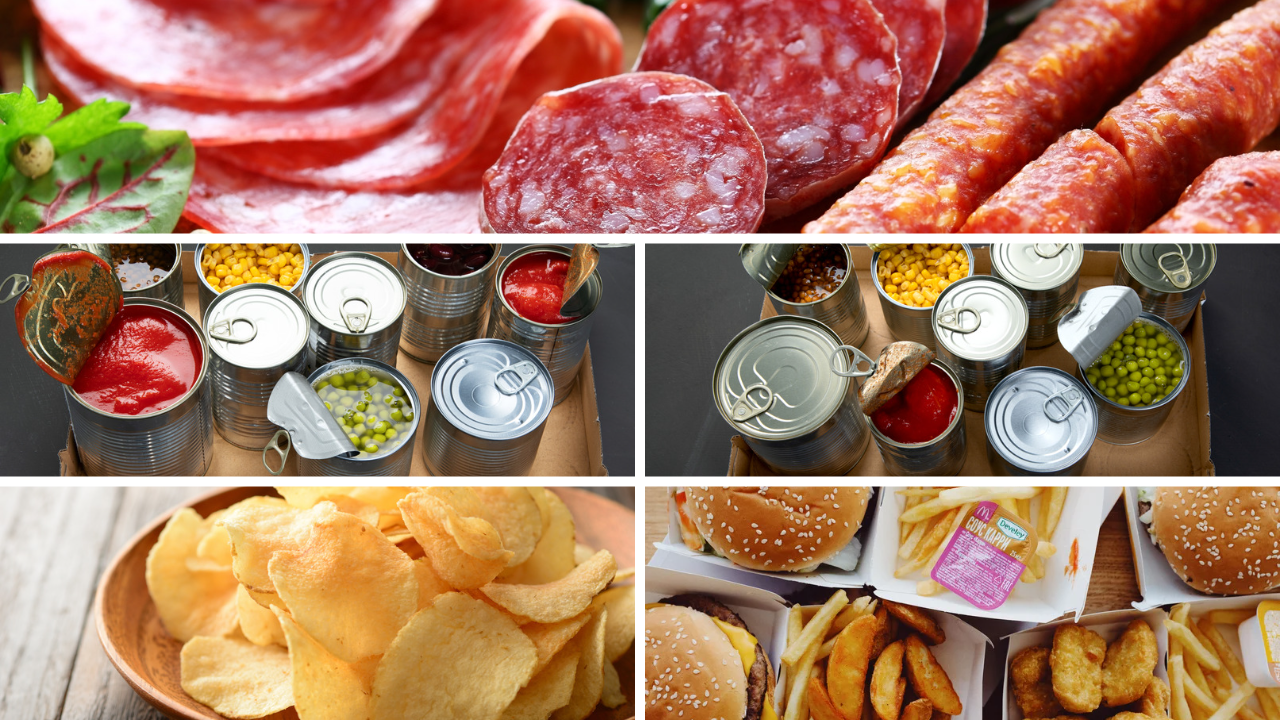
sodium rich foods Soups, esp. the canned variety
- Burgers,
- Snacks such as popcorn, chips, and crackers
- Burritos and tacos
- Instant pudding
- Vegetable juice
- Salad dressing
- Broths and stock
- Canned vegetables
- Processed cheese
- Pretzels
- Sauces
- Canned meats
- Frozen meals
- Sausage, bacon, hot dogs
- Egg dishes
How can I reduce my salt intake? 8 Tips.
Obviously, these tips I offer you should take with a grain of salt.
1.Reduce your portion size: If you eat less food, that means you are consuming less salt.
2.Many of you might be adding salt to your meal BEFORE eating Try avoiding this practice.
3.Try to increase fruits and vegetables in your diet as they naturally have less salt.
4.When eating out you can ask for your sauces or salad dressing as a side dish.
5.Try “rinsing” canned foods such as beans before eating them.
6.Chose low salt nuts or seeds as a healthier snack.
7.Rather than processed food choose fresh seafood or meat as an alternative.
8.Learn to read nutrition labels and be aware of the sodium content.
BONUS TIP:
9.Note some medications have sodium bicarbonate. Examples would be Alka seltzer used for heartburn, Zegerid used to help with indigestion and increased gastric acid production.
What does no added salt vs low sodium vs regular canned food mean?
You would need to learn how to read food labels. If an item as advertised as very low sodium that would mean that per serving there is 35mg of sodium or less per serving. Reduced sodium for example means 25% less sodium per serving than the usual sodium level. Sodium free translates to less than 5mg per serving.
- To make it clearer here is an illustration of three examples:
Sodium free vs Low sodium vs regular canned food of three different foods
For the sake of this illustration the :
-
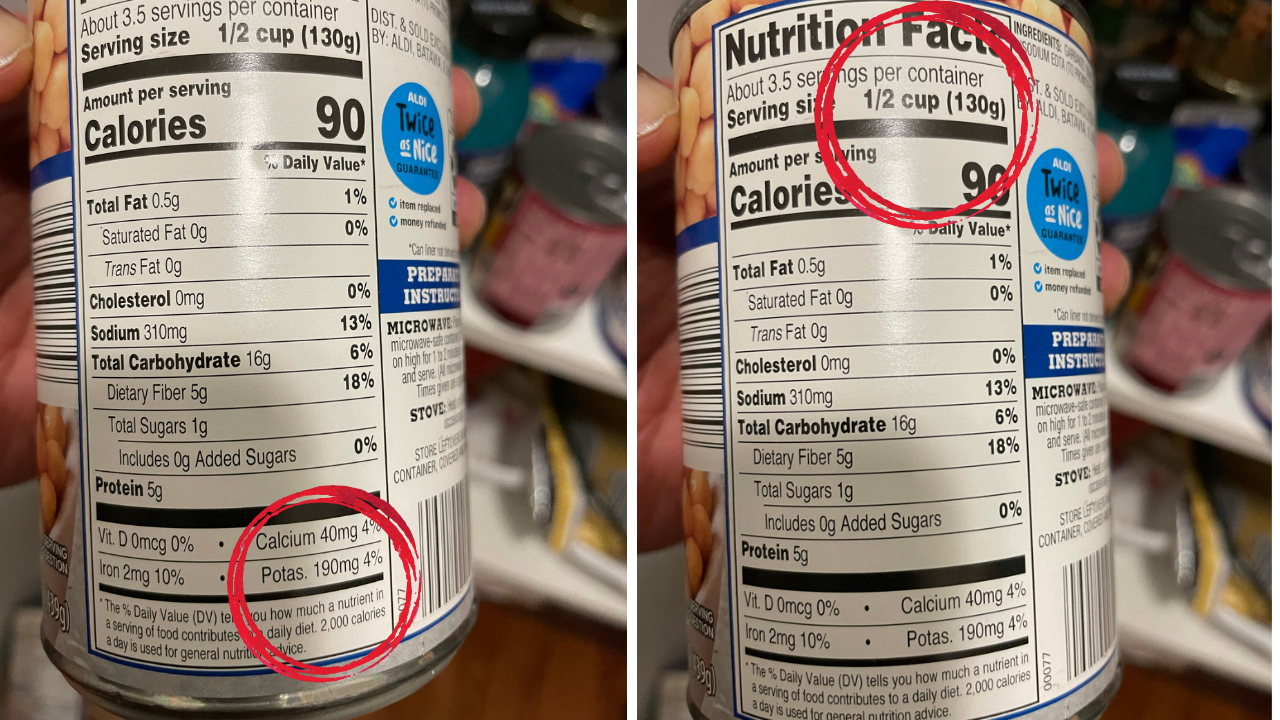
serving size of a can Serving size ½ cup
- Servings per can 2
- We will look at sodium free as 5 mg, low sodium as 140mg and a regular can as 800mg per half a can
- That would mean for one cup as part of your meal if you have the sodium free variety this would be 10mg, low sodium would be 280mg and the canned food would be 1600mg.Now you can see how quickly sodium can accumulate in your meal if do not take heed of what you are consuming.
If you are interested in the YT video, click right here.
Sources:
- https://www.ncbi.nlm.nih.gov
- https://www.hsph.harvard.edu
- https://www.cdc.gov/salt/
- https://pubmed.ncbi.nlm.nih.gov
- https://pubmed.ncbi.nlm.nih.gov/
- https://www.heart.org/en/



